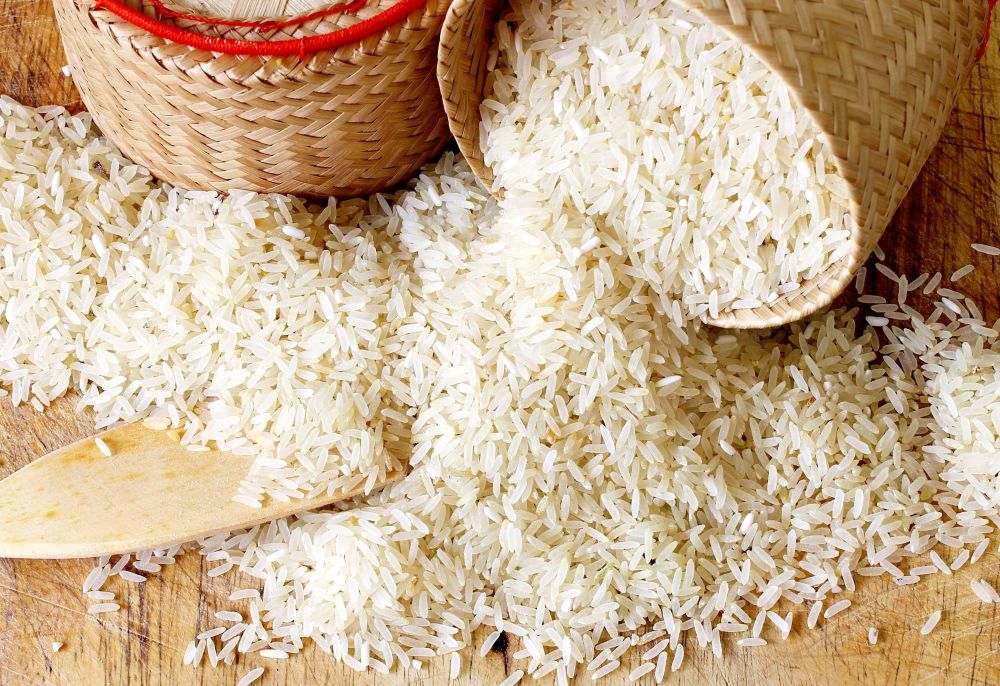Tight rice supplies could boost wheat demand

Wheat markets could be getting a demand bump from an unlikely source in 2022-23, says an analyst.
Tight global rice supplies could result in changing trade patterns in the Indian Subcontinent.
“There could be some wheat that has to be used as a substitute for rice,” said MarketsFarm analyst Bruce Burnett.
On Sept. 9, India imposed a ban on exports of broken rice and a 20 percent export tariff on paddy, brown and white rice that is neither basmati nor parboiled rice.
These are the first restrictions since 2011.
“The India export story is a big story,” said Burnett.
India accounted for 41 percent of total global exports of the commodity in 2021, larger than the next four exporters combined.
The country’s policy changes caused the U.S. Department of Agriculture to slash India’s 2022-23 export estimate by two million tonnes to 20 million tonnes.
Neighboring Bangladesh has been forced to source rice from Vietnam and Burma. Nepal and Sri Lanka are going to be affected as well.
The USDA is also forecasting smaller crops for China and Pakistan, leading to the first reduction in global rice production since 2015-16.
Burnett said the trajectory of India’s 2022 crop has been interesting to follow. In February there was talk of plentiful rain and reports that India would be backfilling the world with wheat exports.
One month later the country was banning wheat exports, soon followed by restrictions on wheat flour exports. And now the country has imposed rice restrictions.
India rapidly became a sizeable wheat exporter in recent years, shipping 10.6 million tonnes of the commodity in 2021-22. The USDA is forecasting a steep decline to four million tonnes in 2022-23.
Burnett wonders if India will become an importer of the commodity later in the year.
He also noted that India often ships a “fair amount” of wheat across the border into Bangladesh. That won’t happen to nearly the same extent this year, which means Bangladesh will have to import from elsewhere.
Bangladesh has been a top-five customer of Canadian wheat in the past. It is an enticing market due to its large population and brisk economic growth in recent years.
“I would say there’s a good chance that we’re going to see increased demand from there,” said Burnett.
“Now that we have supplies again this year, we would certainly be poised to do some business there.”
However, it remains to be seen how competitive Canadian wheat will be into that market compared to exports from the Black Sea and Australia.
Pakistan will also need to import more wheat because of flooding in that country, but that business will almost certainly go to the Black Sea and Australia due to logistics.
Read also
Wheat in Southern Brazil Impacted by Dry Weather and Frosts
Oilseed Industry. Leaders and Strategies in the Times of a Great Change
Black Sea & Danube Region: Oilseed and Vegoil Markets Within Ongoing Transfor...
Serbia. The drought will cause extremely high losses for farmers this year
2023/24 Safrinha Corn in Brazil 91% Harvested
Write to us
Our manager will contact you soon



